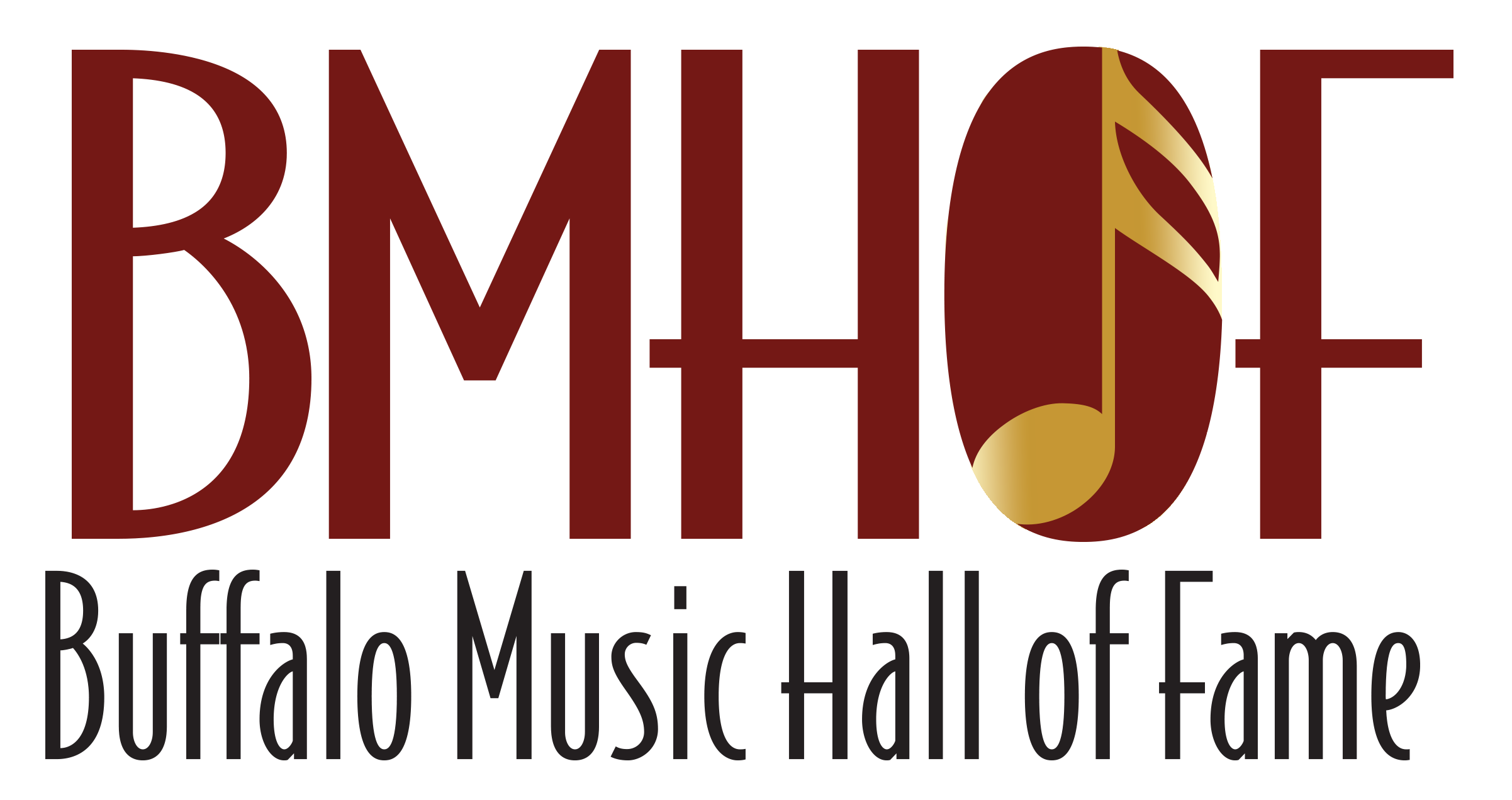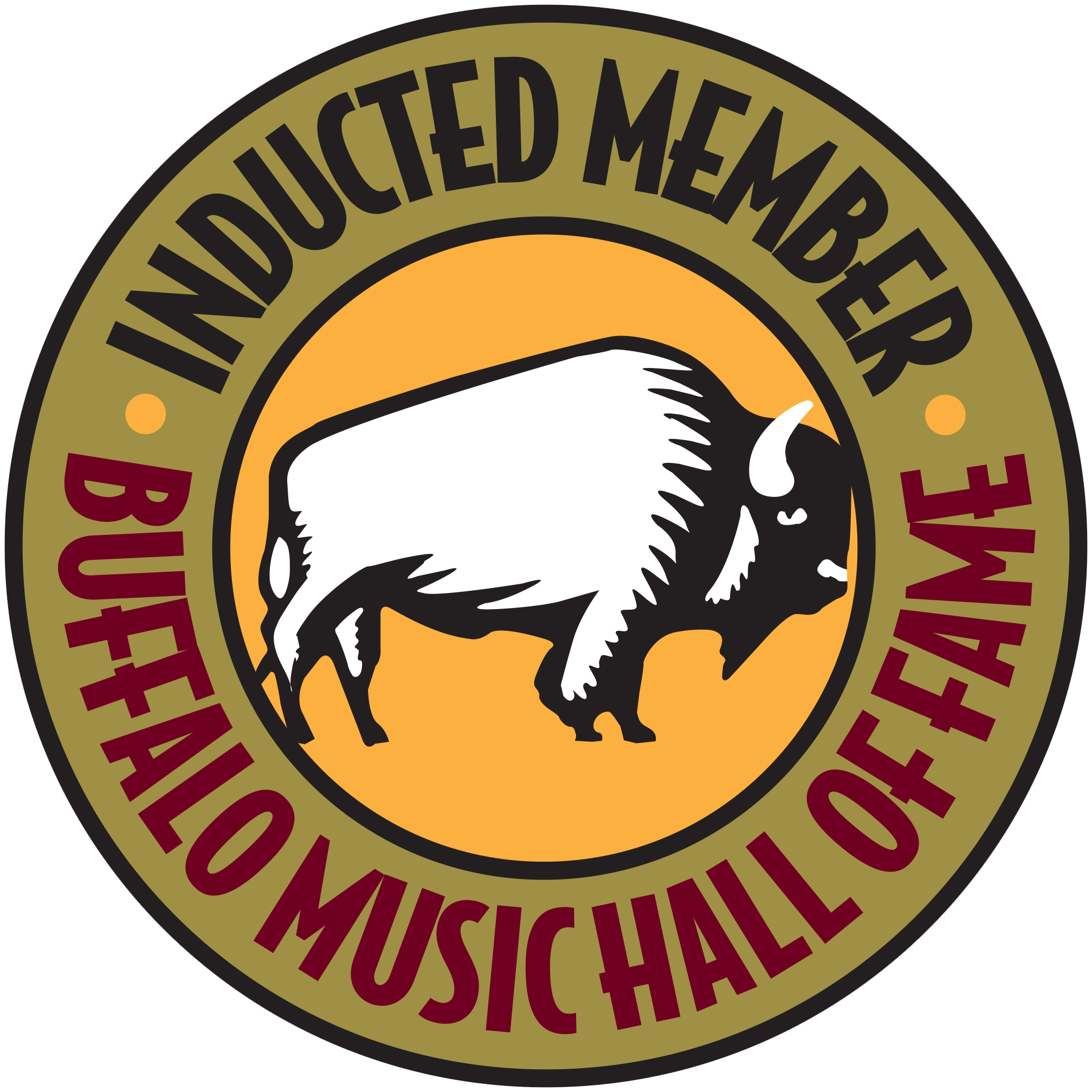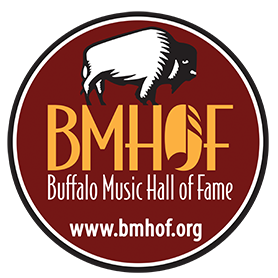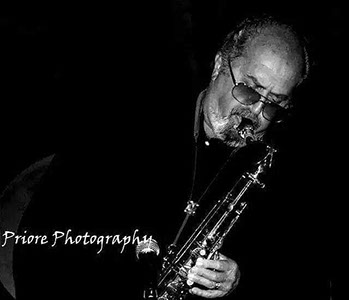





PHIL DiRE - BMHOF CLASS OF 2004

Phil started his professional career in the service (US Marine Band), where he was permanently assigned to the White House as the leader of a jazz quartet that performed for all White House functions. The quartet included Justin DiCioccio (recently inducted into the Jazz Hall of Fame), and the great Buffalo bassist, Nick Molfese. During the years at the White House Phil performed with Duke Ellington, Stan Getz, Gerry Mulligan, Dizzy Gillespie and Billy Taylor, just to mention a few.
After leaving the White House assignment, Phil returned to Buffalo. Shortly after, he enrolled at UB majoring in Music Performance. During the time he was working on his degree, he was also asked
to be an instructor of Jazz History, a new venture for the UB Music Department. It was also during this time that he also accepted a new private student by the name of Jay Beckenstein.
While at UB, Phil was actively involved in developing the Buffalo Jazz Ensemble as a vehicle for his music. In addition, he started to work with a local band of blues musicians that soon became known as the "House Rockers". This band included Ernie Corallo, Jim Calire, Joey Giaranno, Sandy Konikoff, and his new student Jay Beckenstein. Phil found himself loving the blues - it seemed to give him the life that was missing in his jazz endeavors. The band, along with singer Barbara Sinclair, became a long time favorite at such clubs as Sunday's, the Belle Starr, Casey's and especially the One-Eyed Cat.
By this time Phil was also actively involved with performing his original music with his Buffalo Jazz Ensemble. The Buffalo Jazz Ensemble's first performance was in November of 1972, and was held at the Buffalo Public Library to a standing room only crowd. This was the first local music group to perform concerts at the Keenan Center, the Studio Arena Theater and Artpark, and to receive a grant from the NY State Council on the Arts.
On a regular basis Phil continued to have various members of the House Rockers join with the Jazz Ensemble. This seemed to be the best of worlds, great blues feelings and great harmonic structures combined into a single endeavor. As a result, the two music styles began to become one.
In 1975 Phil negotiated an arrangement with the City of Buffalo, the NY State Council on the Arts, the National Endowment for the Arts, the Association for Jazz Performance and the local Musician's Union to fund the Buffalo Jazz Ensemble to perform an ongoing series of concerts in virtually every park, cultural center and school in the city. The first event was held on the steps of the Albright Knox Art Gallery, and became a weekly summertime event. This was the start of Jazz at the Albright, as it is known today. In addition to these performances, the musicians held numerous free clinics that were attended by young and old aspiring musicians throughout the city. Phil's reasoning for these performances, and clinics, was to expose this music to as many young people as possible, with the hope that it would create an interest that would carry on into the future, and help make the city a fertile bed for musicians and their music.
There were many local jazz and blues musicians that passed through the Jazz Ensemble during this period, including the great Al Tinney, Lou Marino, Joe Ford, Jeremy Wahl, Jay Beckenstein, James Clark, Sabu Adoyola and many more too countless to mention. This band was the breeding pot for what became to be known as fusion music, and the band where Spyro Gyro got its start.
Phil left Buffalo to move to LA, but before leaving sent for Sam Falzone to replace himself as the music director of the Jazz Ensemble. In LA, he tried his hand at being a studio player, but found that it left him dry - and that his love for the music he had left in Buffalo made him less than willing to devote himself to the vigorous requirements of mastering every type of woodwind instrument, only to play music that he didn't feel. This was a dilemma, and he had to do something to get back to feeling good about the music he played.
A friend called and asked him to play at a club that was recently opened in Palm Springs, and owned by the renowned singer Keely Smith. Phil went to Palm Springs, and soon became music director, arranger and conductor for Keely. They re-formed a band, along with saxophonist Sam Butera, which would become one of the most popular bands to ever tour the Las Vegas and Atlantic City lounges and showrooms. The band was a follow up to the great Louis Prima band of the fifties. During his stay with this band Phil performed with Frank Sinatra, Sammy Davis Jr, Billy Eckstine, Tony Bennett and many other music legends.
But as things go, the endless days and nights away from his growing family became more and more difficult. He left the band and returned to Buffalo in 1982.
There was no music in his life for quite a few years, but by 1988 he had waited long enough. He put another band together that, among others, included En1ie Corallo and Barbara Sinclair (from the original House Rockers) along with Stan Szelest and Eli Konikoff. The band was called Blue Monday, and was an instant success for its limited run in the local music scene.